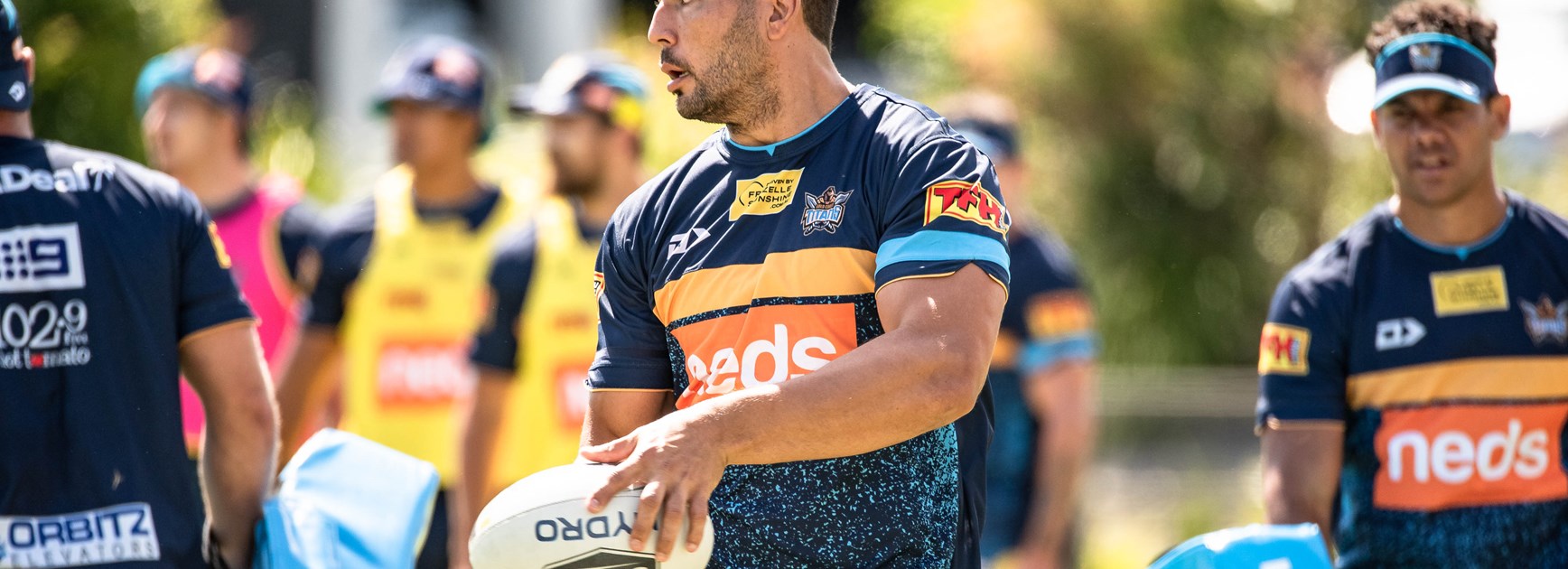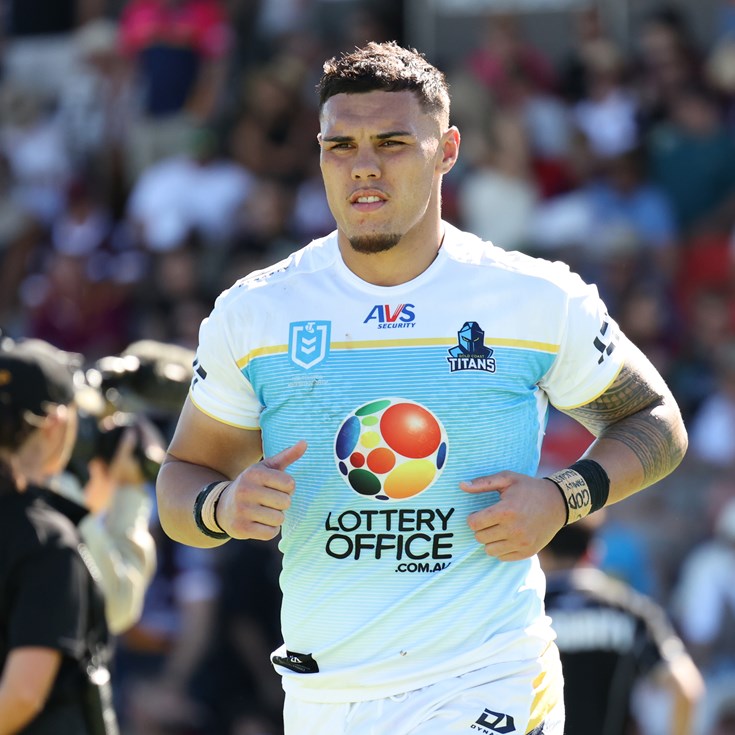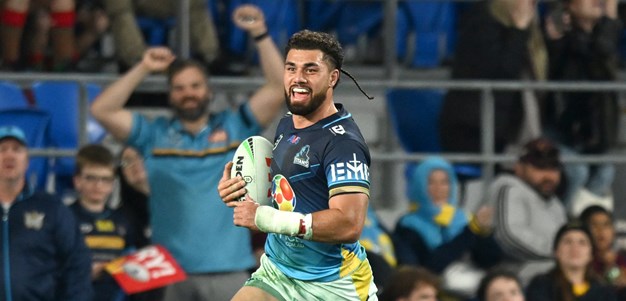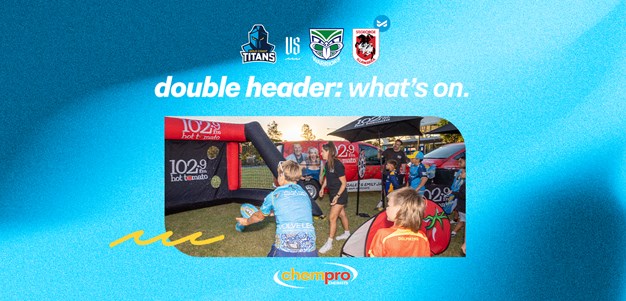Just how good is your club at throwing offloads – and does it matter?
While generating second-phase play can build momentum and catch defences on the hop, offloads can also lead to errors and turnovers so it's a tactic some teams intentionally avoid.
The Cowboys ranked 15th for offloads per game when they won the 2015 title, and ranked last for offloads the following year when they finished one game short of the grand final.
Cronulla meanwhile ranked second in offloads on the way to the 2016 title, and have ranked in the top five in the league in each of the past five seasons. The Dragons are another of the NRL's most prolific offloaders, ranking in the NRL top five for the past three years.
While some teams chance their arm more often than others, which teams do it well?
NRL.com Stats crunched the numbers to determine how each team performed in 2018.
- After a 2017 season in which they put the offloads away and focused on completion rates – leading the league in that stat but still missing the finals – the Warriors turned back the clock and threw more offloads than any other team in 2018. They weren't the most effective in the competition, ranking in the middle of the league for metres per offload, offload effectiveness and support runs, but the change in attitude coincided with an improved attack and a return to the top eight.
- The Dragons – who led the league in offloads in 2017 – ranked highly in that stat again this season but arguably didn't make the most of them, ranking third last in support runs and 13th in metres made per offload.
- The premiership-winning Roosters didn't offload much but when they did, they did it well. The champs ranked first in the league for support runs, second for offload effectiveness and sixth for metres per offload, but they were third-last for number of offloads thrown per game – suggesting they can afford to chance their arm more often next season.
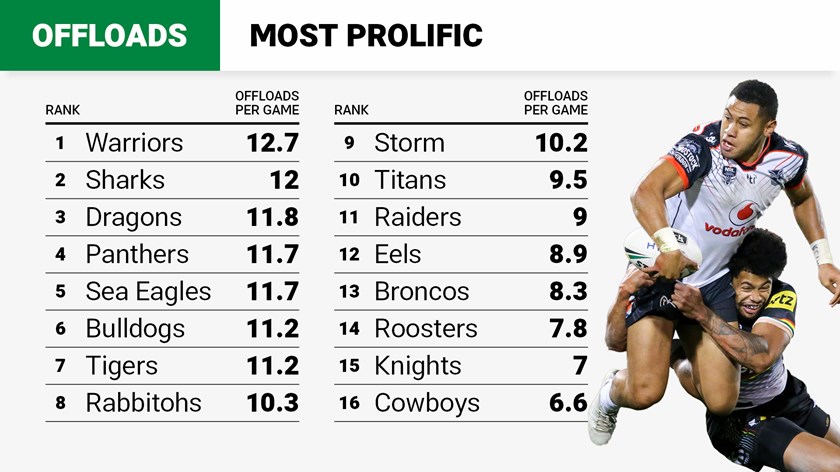
- The Wests Tigers were the most accurate offloaders in the NRL in 2018, as the only team with more than 90% of their offloads rated effective. That could be down to their primary offloaders being outside backs with space to find a support player rather than forwards who are attempting to pop a pass in heavy traffic. Their top offloaders were Esan Marsters (49), David Nofoaluma (32), Michael Chee Kam (29) and Mahe Fonua (26).
- Like the Tigers, the Titans and Bulldogs were among the best offloading sides in the Telstra Premiership – showing offloading prowess doesn't necessarily lead to a finals finish. The Titans ranked second for supports and third for metres per offload, while the Bulldogs ranked third in supports, fourth in metres per offload and sixth in offloads per game.

- Canberra led the league for most metres gained per offload, a stat which largely came down to their potent right-side attacking duo of Joey Leilua and Jordan Rapana. The pair led the Raiders for both metres made after providing an offload and metres made when receiving an offload, with both players finishing with more than 90% of their offloads being effective (the competition average is 84%). Leilua was easily the most proficient offloader at the Green Machine with 42 for the season, with Rapana making just shy of 18 metres each time he received an offload.
- The Cowboys and Knights were the most conservative sides when it came to offloads and with good reason, also ranking in the bottom two for metres made from each offload. Only three teams in the league made less than eight metres from every effective offload – the Storm (7.9m), the Cowboys (7.2m) and the Knights (6.9m). The Storm ranked last in the league for support runs, but unlike North Queensland and Newcastle were strong enough in other areas to finish well inside the top eight.
